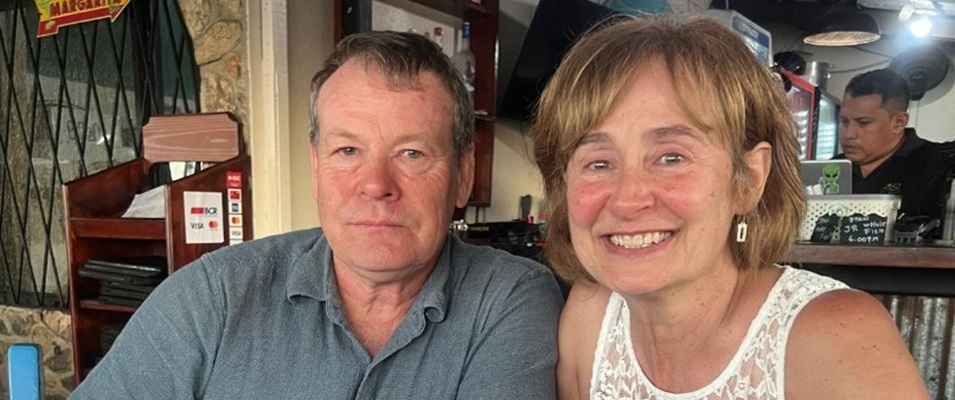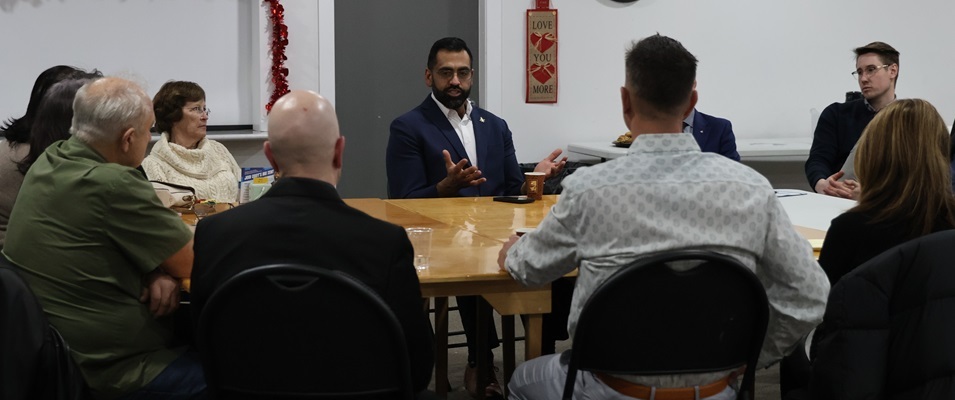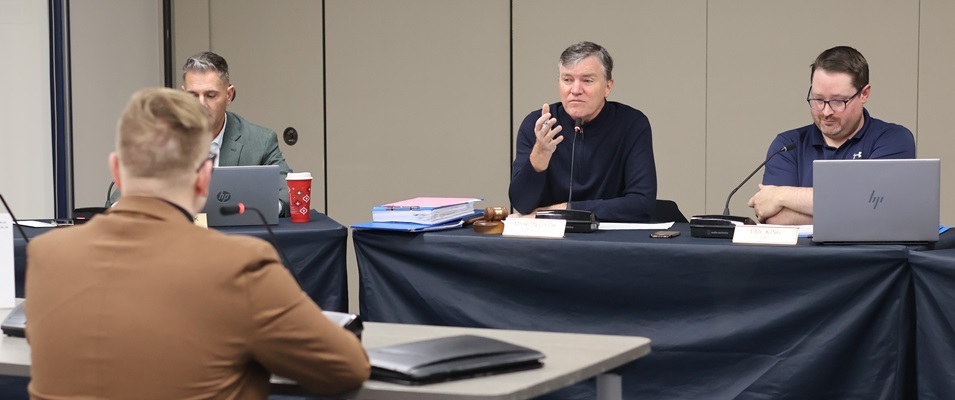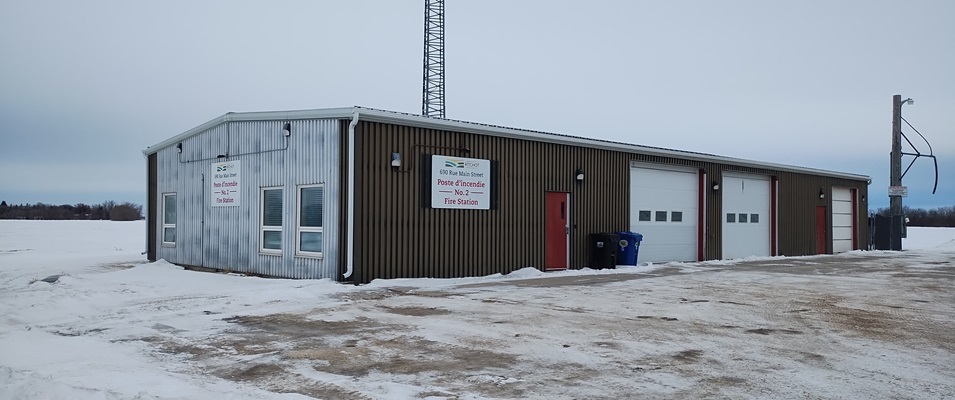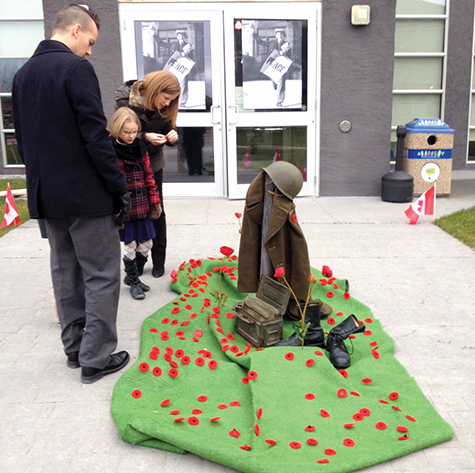
On November 11, about 700 people packed into the banquet room at the Heritage Centre to mark Remembrance Day, and hear Holocaust survivor Jessie (Isaiah) Vorst speak of his experiences as a child in a German concentration camp.
“His story is difficult to hear, but immeasurably more difficult for him to tell,” said Ian Wallace, who hosted the event. “In talking with him, I’m aware that the memories of those dark times do not dwell too far below the surface.”
“I was only very young when I was exported to the Dutch concentration camp in the eastern part of the country, just off the border with Germany,” Vorst said. Sometime later, he and his family were transported to the infamous Bergen-Belsen camp. “I lost my birth mother at that time. I don’t remember too much about her except that she was very lovely.”
During its 2 horrifying years of operation, it is estimated that 120,000 prisoners passed through Bergen-Belsen—and 50,000 of them died there, including Anne Frank and her older sister, Margot.
Tens of thousands of prisoners flooded the camp near the end of the war, evacuated from other camps that had fallen to Allied troops. As a result, many prisoners were packed onto train cars, destined for gas chambers. “Where is the train going?” Vorst remembers asking. “Where does it end up? What do we do when we get off the train?”
“My family was lucky that we never made it to the gas chambers. We were actually rescued by the Soviet Air Force, which bombed the locomotive of the train,” Vorst said. “We arrived in Trabitz, where we were then placed in a military camp and/or hospital, depending on our condition. And eventually we were returned to our native country, to the Netherlands.”
It has been estimated that a mere 5,000 of the 107,000 Jews deported from the Netherlands survived.
When Bergen-Belsen was liberated in April 1945, British soldiers found 60,000 prisoners, most starving to death. 13,000 corpses littered the ground, unburied.
Vorst remembers that the prisoners were given very little food. “In fact, the rations were minimal. The great majority of people who survived the concentration camps needed 4 or 5 or 6 years to fully recover their bodily ability. Many of them, also the mental capacity. Luckily, Canada and the United States, and also England once it recovered, shipped massive amounts of good food to the Netherlands.”
He also remembers that he couldn’t ride a bicycle or keep his balance after being sent home, and that it took many years to regain those skills.
During his years in the camp, Vorst recalls that his father organized a school for children to learn the Jewish Bible, the Tanach. “I remember that we sat around and we were told the stories from the Old Testament, and it has never left me.”
Coming to terms with those traumatic years has been a lifelong struggle for Vorst. “It was difficult for me to comprehend it all,” he said. “Being raised in a religious environment, I kept asking the question, ‘God, why? Where were you, and why did you let this happen?’ God never answered, and I think that’s correct. Because indirectly God has taught me how to accept what turned out to be inevitable, and build a new life not just for myself, but for my community, my community being the Jewish community, the Dutch community, and as I say, in due course, the Canadian community.”
Once in Canada, Vorst enjoyed a much happier life, marrying and having 3 sons.






